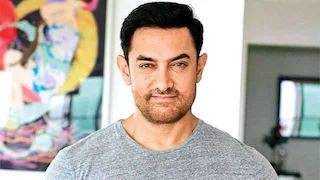The Hindi film business is searching for explanations after a string of box office flops, but not even entertainment beat reporters can point out where they are going wrong. The list of problems goes on and on and doesn’t even touch on things like lousy translations of foreign films, subpar acting, bad directing, terrible VFX and CGI, photography, etc. The audience is stating that the main issue is the basically anti-Hindu content, which may be too politically incorrect for analysts on the left to mention. But if they were, to be frank, and courageous enough to say it, could Mumbai-centered trade get its act together? No. Because the work that those in the profession have done thus far was done as a result of a design that was created soon after the profession’s creation.
The first Indian talkie, Alam Ara, was released in 1931, after Raja Harishchandra by Dadasaheb Phalke, who purportedly sold his wife’s jewelry to produce India’s first silent film in 1913. It is evident that the initial audio production had a Muslim theme. The audience saw a prevalence of Urdu — ordinary terms from Persian and jargon from Arabic — in the lines recited by performers during the black-and-white era until the early 1960s. Two forces were at work in this situation: the legacy of Parsi theatre and a left-leaning group of artists known as the Indian People’s Theatre Association (IPTA).
PK was just the next installment in a protracted series, one that ultimately lost Aamir Khan the business of Laal Singh Chaddha. Even the “Bharat” of Bollywood, Manoj Kumar, had depicted men of three upper castes raping a helpless woman inside a warehouse in Roti, Kapada aur Makaan. If the 2014 movie featured an actor who hobnobs with Tablighi Jamaat Pakistan’s maulanas and amuses the family of Recep Tayyip Erdoan, he portrays a Hindu guru in his movie (1974). The character of Lala, played by CS Dubey, is one of the violators of Tulsi (Moushumi Chatterjee), who had been portraying Hindu criminals since Seema (1955).
Despite his good relations with the present administration, Ajay Devgn has similar bad luck. Rahim Lala’s portrayal of the real-life gangster in Gangubai Kathiawadi sanitized his criminal activities, while a number of Hindu men and women who had aided the prostitute-turned-activist-cum-goon Ganga Harjivandas were all left out of the picture. Since her 2008 movie Raazi completely upended Harinder Sikka’s 2008 novel Calling Sehmat, the lead actress Alia Bhatt has been beyond redemption.
Additionally, Ajay Devgn and Akshay Kumar co-starred in the film Sooryavanshi in which terrorists claimed that terrorism is a legitimate response to a complaint!







